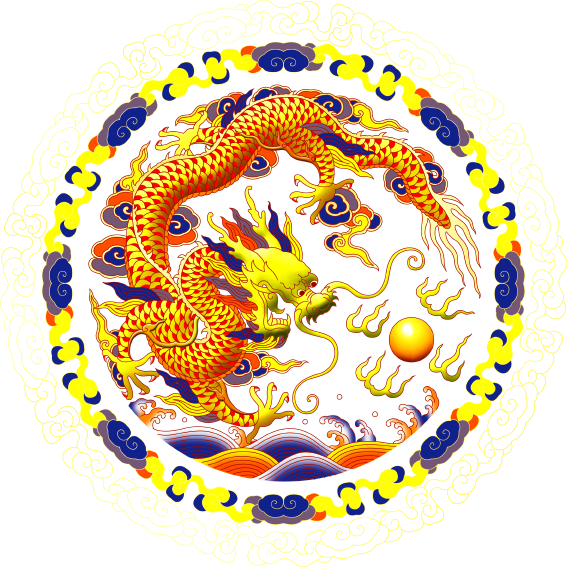FUT GAR KUEN HISTORY
The Buddhist boxing taught under the generic name Fut Gar Kuen (佛家拳) has spread to various regions, including Cenxi, Wuzhou, Cangwu, Tengxian, Liuzhou in Guangxi, and Guangzhou, Doumen, Taishan, Zhongshan, Jiangmen, Dongguan, Luoding, Yangchun, Yangjiang, Zhanjiang, and Hainan in Guangdong. Additionally, it has been disseminated and promoted in the Guangdong region, Hong Kong, Macao, Taiwan, Canada, the United States, and Southeast Asia. There are over 20 branches of Fut Gar Kuen (佛家拳) between southern China and Southeast Asia alone. But what is Fut Gar Kuen (佛家拳)? This is a very good question in itself.
A simple and not far from the truth answer would be that it is a system with a basic heritage inherited from the remnants of the Southern Shaolin school. Still, it has been quickly absorbed by the local population of Fujian and Guangdong. Within the population sectors that absorbed these Shaolin techniques, there are two major groups. First, the indigenous population of southern China, and second, the northern Chinese immigrants settled in the south, baptized by the locals as “guests” (客人) in Mandarin or Hakka, as they are known in southern China.
The first wave of migration occurred when the imperial court fled to the south to establish the Southern Song Dynasty (南宋一朝) from 960 to 1279, bringing great wealth and highly developed military techniques. Again, during the Yuan Dynasty (大元) from 1271 to 1368, the government fled south, escaping the Mongols, bringing more money and military remnants. The last migration occurred when the established government had to flee south during the Qing Dynasty (大清) from 1644 to 1912, escaping the Manchus. The “guests” (客人) came with their own martial arts system, which later integrated into those of the local population.
Some people categorize southern styles influenced by Hakka systems as primarily unrelated to military systems and more related to civil martial arts systems. Hakka systems are also classified as having high stances, front-facing guards, with both arms in front and the torso sunk, in the “shrimp chest” style. Southern Chinese styles can vary between high and low stances. High stances are more related to civilian styles, while low stances derive from the fencing of cutting and blunt weapons, considered an influence of military styles. The Fut Gar Kuen (佛家拳) style is full of these variations. Some forms show mixed movements of high and low stances, while others are either high or low.
While the core of the system inherited from Shaolin revolves around four central forms: Monk Boxing (罗汉拳), Buddha Palm (佛掌), Buddha Warrior Boxing (金刚拳), and the Hand of the Bodhisattva of Mercy (观音手). In some schools, these are known as the “four great fists” (四大拳). The rest of its repertoire does not belong to the Southern Shaolin Temple. Instead, it comes from the martial forest (武林) of the provinces of Fujian and Guangdong. Martial arts were well developed in southern China by the time the Shaolin Temple in Fujian was destroyed. In Fujian alone, there were 60 native combat styles. By the time surviving monks settled in Guangdong, the province had 54 native martial arts schools. Thus, Southern Shaolin Kung Fu was just one among many. For this reason, by integrating those few movements into the existing techniques, Fut Gar Kuen (佛家拳) inherited part of southern Chinese Kung Fu.
In Fut Gar Kuen (佛家拳), we have our own version of the Five Animals Boxing (五形拳). This technique is very popular in Guangdong Province, as many systems in the province have one or several of these imitative combat forms in their arsenal. Despite their differences, all these forms are based on the same concepts. For example, Leopard Boxing (豹形拳) is associated with the Metal element (金行), which governs the Qi of the lungs. Therefore, practicing this type of boxing strengthens the lungs. Tiger Boxing (虎形拳) is associated with the Wood element (木行), which governs the Qi of the liver. Practicing this system strengthens the liver. The same applies to Snake Boxing (蛇形拳) and its relationship with the Water element (水行) and the kidneys. White Crane Boxing (鶴形拳) is related to the Qi of the heart and the Fire element (火行). Dragon Boxing (龙形拳) is related to the Qi of the spleen and the Earth element (土行). In reality, these concepts are “borrowed” from medicinal Qi Gong practice and transported to martial arts practice.
